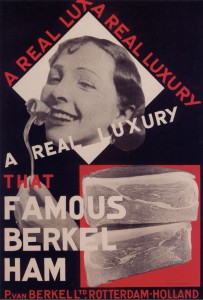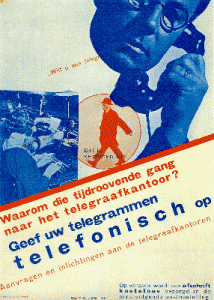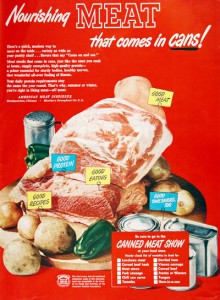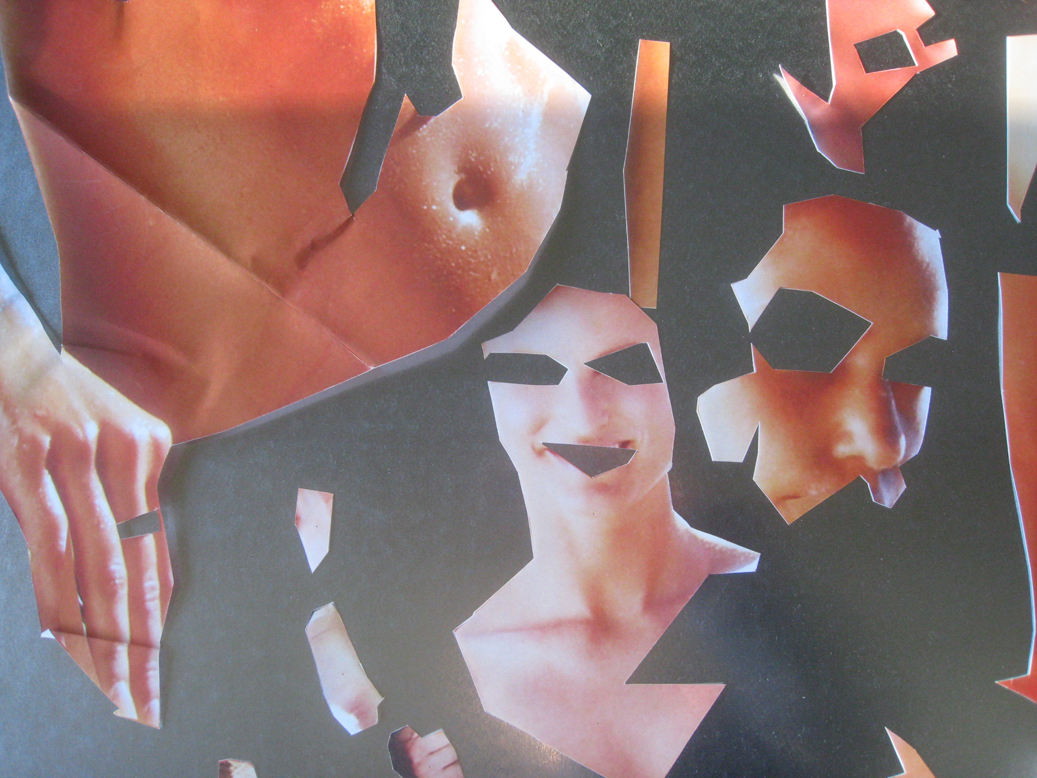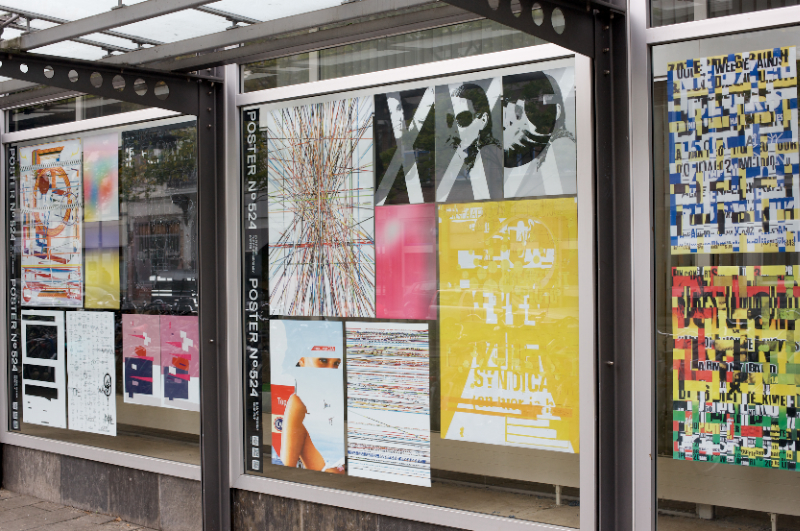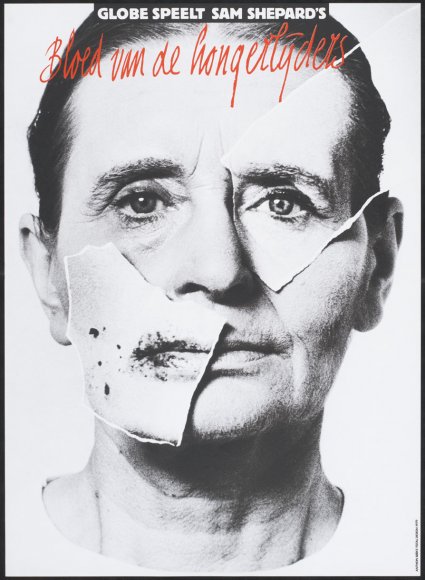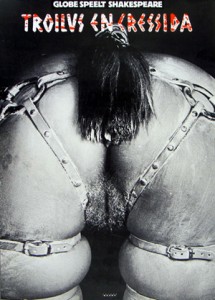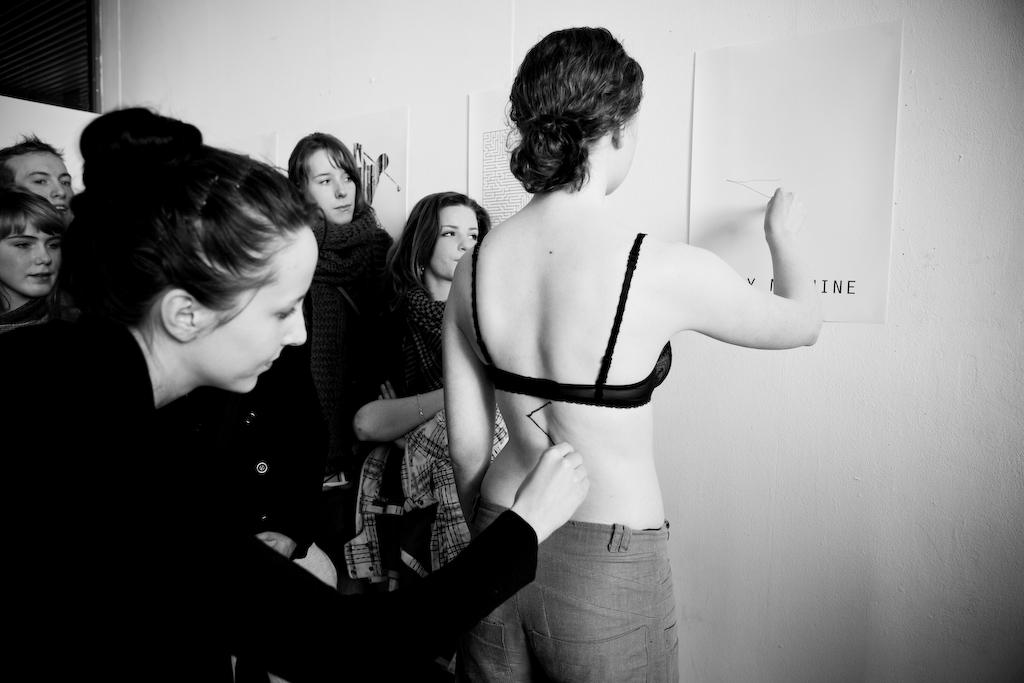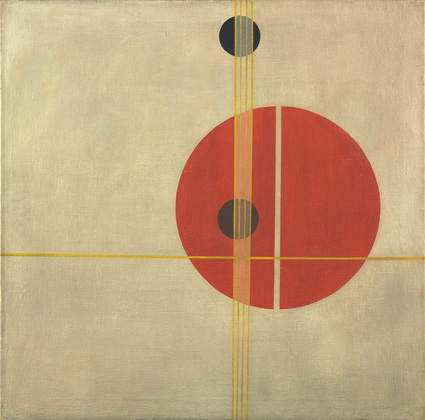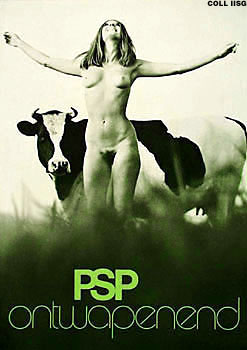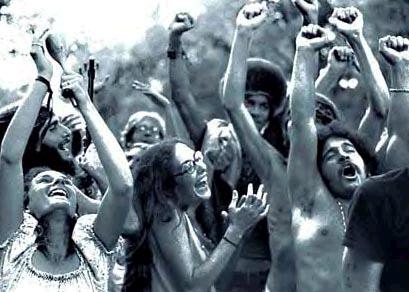Writing for the sake of writing
Make a blog post about nothing or whatever
Here are random connections to random posts on a blog that everyone is obligated to update. Why? Just because. Do you ever read anything because you have to? When does it happen mostly?
School? Aren’t you studying what you like? Aren’t you supposed to study what you like?
Work? Yh you had to work somewhere. Those readings are probably boring but you need to eat and pay rent so here we go. Capitalism. Sigh.
Government mail. Can’t read those though, they’re all in Dutch. “We killed the tree now it’s your turn to struggle. Folded in half. Eight fold. Figure it out somehow. Or don’t. Whatever. Couldn’t care less. Careless.
I am sorry if you’re reading this because you have to. I wish you didn’t. But bear with me. We can power through this together. We will come out of this different. We will learn something.
I am not going to teach you though. You can only learn yourself. Ask yourself questions. Or don’t. Don’t ask questions if you don’t feel like it. Listen to your body. That pressure you feel on your chest? That fire you can’t put out, your back burning, pay attention to it. Relax. Use this moment to listen to yourself. It is hard, Everything could be hard. Sometimes its hard to leave your bed, I know that way too well. Sometimes working two shifts in a row is not as hard as making yourself some breakfast or picking up that paper from the floor, that has been there for a month.
Don’t be hard on yourself. Accept your weakness. You don’t have to love yourself. Its great if you do, but don’t be hard on yourself if you don’t. One day you will. You don’t have to love yourself in order for someone to love you. I love you. Just for you. For you fears and struggles. For your carefree attitude. Or absence of it. It’s ok to care. Its hard but you’re gonna be fine. You’re special. You’re unique. You’re so cute when you laugh. I don’t have anything funny to tell you right now, though. Kinda feel guilty for it, sorry. But I will learn to accept it. One day. One thing at a time. Or after ten thousand times. Lets change together. Its ok if you don’t want to. It’s ok if you did. Every thing is different. Every day is different. Every day you’re different and the same in a way.
All the bad and good is in you, you don’t have to look for it anywhere else. Just take a look inside. You also can take a look at someone else. Its fine to look up to people. You’re someone’s hero too. Somebody looks at you and realizes they could be better. Sometimes they don’t believe it because of how awesome you are. They should read this post too. But only if they want to. It is also ok if they have to. I hope they feel better after reading it. I hope it could make you feel more at ease. It’s ok If it couldn’t. Sometimes we can’t help but worry about things. This world is stressful enough. We just have to navigate through it. Do you know that just looking at you could make somebody’s day better? You look so radiant when you feel inspired! It’s contagious! Its ok if you feel shy for people looking at you. Don’t worry, they are in their own heads. It’s ok if you feel shy anyway. It’s ok if you don’t want people to look at you. I respect your desires. You’re a great person. But you don’t have to be great to be respected. You deserve love. You deserve peace.
It’s ok if you like when people look at you, you deserve to be the center of attention. You’re such a fun and outgoing person when you feel like it. Sometimes you don’t and I appreciate that. Everyone needs time for themselves. Some people probably don’t. But you do you! It’s important to recharge from time to time. For you it may mean all the time. Maybe you need to reach out for support. I hope you have your support system. It sucks if you don’t! Let’s try go through this together then. I am so glad we met like this. Through our eyes. Or ears. Maybe fingers. I hope you are having a good day. Or that it’s a little bit better now that we spent some time together. I hope you know your worth. It’s ok if you don’t yet. It could take some time to get there, especially living in the system that is thriving from you not knowing it. Remember it when you feel like you’re not enough. You’re more than enough, you have everything you need to be you. I am sorry if you don’t! Please, reach out for the support. You deserve every bit of it. Please, do. You are valid. You make this world so much better. I love you.
